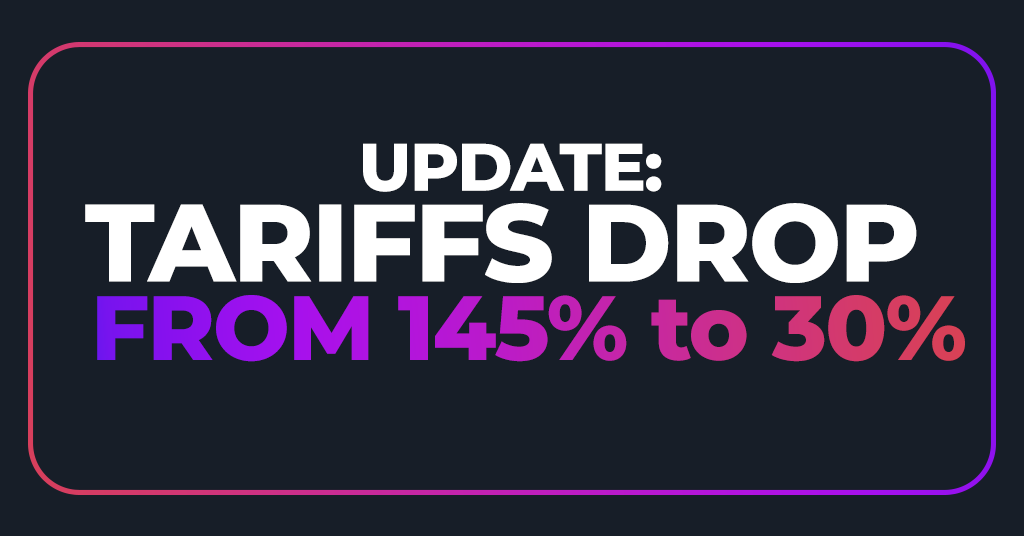In a surprise shift that could reshape the outlook for ecommerce sellers, the U.S. and China have agreed to dramatically reduce tariffs on each other’s goods—from a staggering 145% down to 30%. The move follows two days of high-level negotiations in Geneva and marks the most significant easing of trade tensions between the two countries in recent years.
Key Details:
- U.S. tariff cut: By May 14, the US will temporarily lower its overall tariffs on Chinese goods from 145% to 30%
- China’s response: Beijing will match the cut, reducing its retaliatory tariffs on U.S. goods to 10% as well.
- Temporary window: The reductions will last for 90 days while further negotiations take place.
- Fentanyl-related tariff remains: A separate 20% U.S. tariff tied to China’s role in the fentanyl trade stays in effect.
- Further cuts unlikely: Treasury Secretary Scott Bessent stated that it’s “implausible” for tariffs to drop below the new 10% baseline.
The agreement exceeded Wall Street expectations, triggering a sharp rally in tech and ecommerce stocks. The Nasdaq climbed 4%, the Dow rebounded above April pre-tariff levels, and companies like Amazon, Apple, and Tesla saw notable gains.
While trade between the U.S. and China has slowed to a crawl in 2025—crippling businesses reliant on overseas goods—this agreement offers a potential lifeline. Still, the relief may be short-lived. Sellers should use this 90-day window to shore up supply chains, reassess pricing strategies, and prepare for further shifts in the tariff landscape.
For more insights and strategies on navigating the evolving tariff environment, visit our Tariff Hub.





